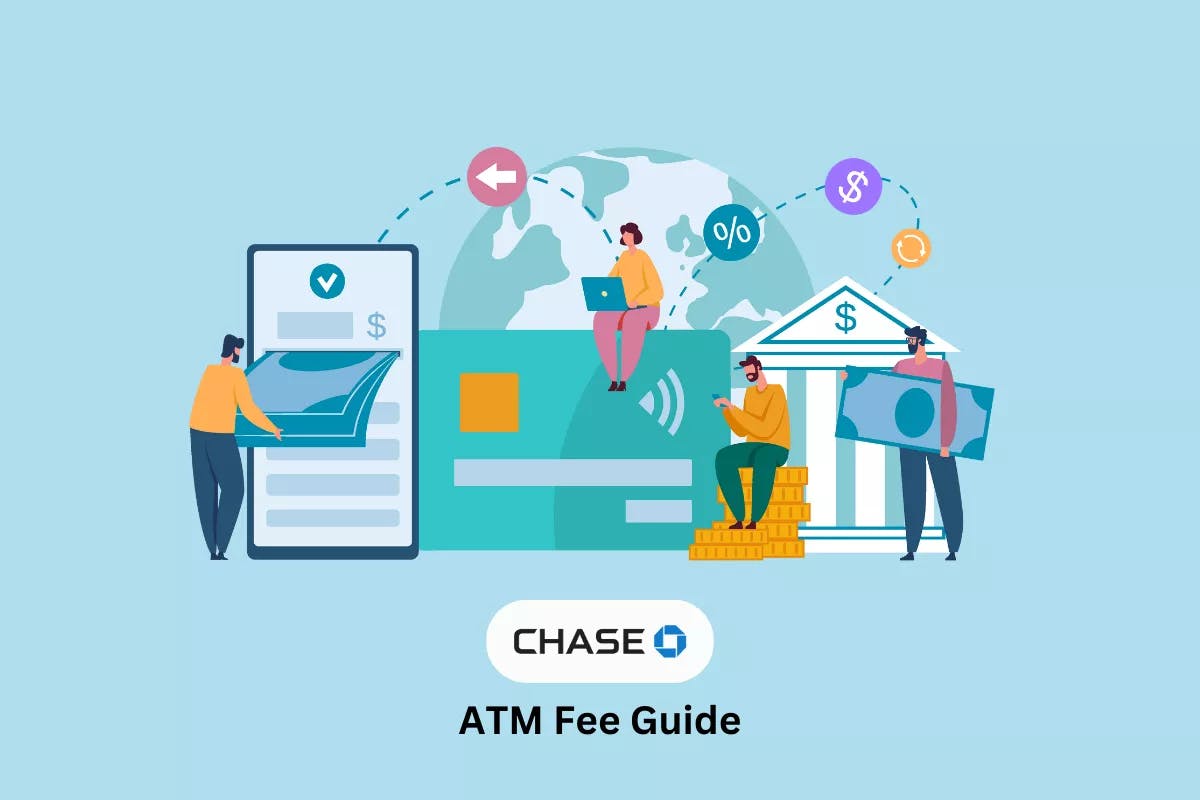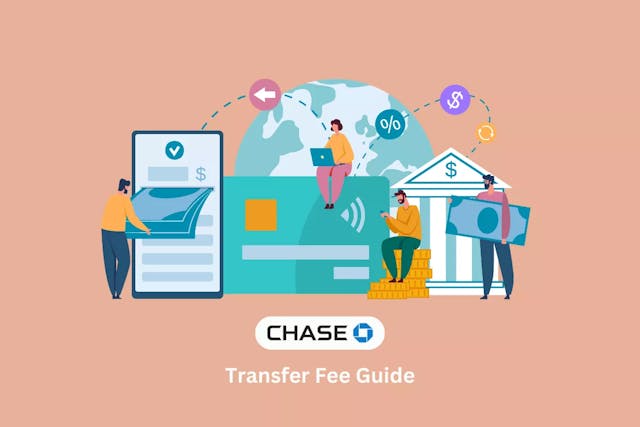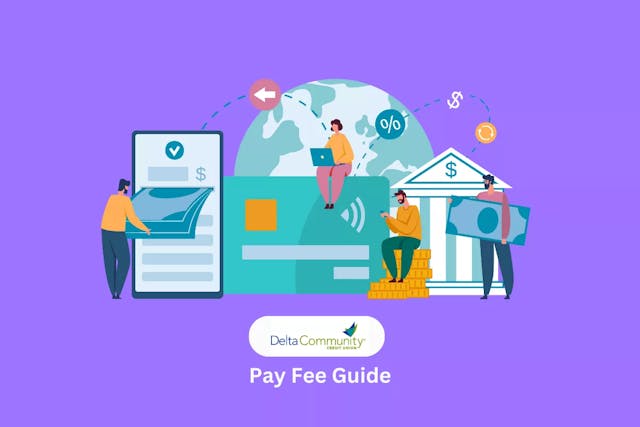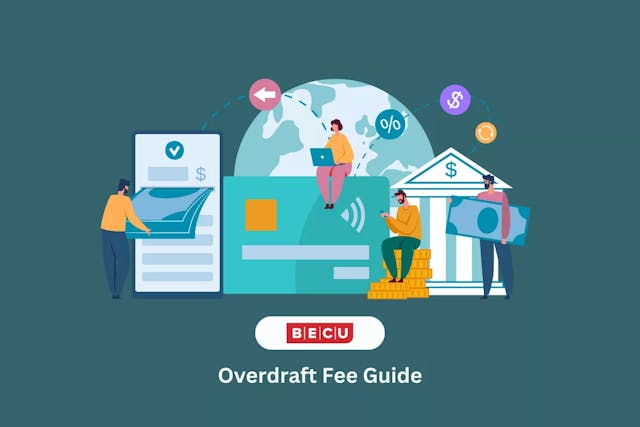What Is an ATM Fee?
You will most often incur an ATM fee when you make transfers, cash withdrawals, cash deposits, balance inquiries, or some other transaction at an ATM (automated teller machine) that is not within your bank or credit union’s network.
If you are a Chase Bank customer and use a non-Chase ATM in the United States or abroad, Chase will charge you a fee. Chase Bank also charges people who are not customers a fee for the convenience of accessing their checking account or savings account using a Chase Bank machine.
As a customer, you have free access to Chase ATMs.
How Much Does a Chase ATM Fee Cost?
Chase ATM services charge different amounts for ATM fees depending on if you are conducting a transaction domestically (U.S., Puerto Rico, or the U.S. Virgin Islands) or internationally (anything outside of the U.S., Puerto Rico, or the U.S. Virgin Islands).
Domestic ATM fee
Chase customers can expect to pay $2.50 for each out-of-network ATM transaction made in the U.S., Puerto Rico, or the U.S. Virgin Islands. You may also receive a fee from the operator of the ATM.
International out-of-network fee
If you use an international out-of-network ATM, Chase will charge you $5 per withdrawal or $2.50 per transfer or balance inquiry. If you are a Chase customer and use an international ATM, you can also expect foreign exchange rate adjustment fees and fees from the ATM operator.
Related Fees
Some Chase accounts also include credit card fees or a monthly service fee on checking accounts and savings accounts, but the fees most closely associated with Chase ATM fees include:
- Savings withdrawal limit fees
- Foreign exchange rate adjustment fees
- Replacement ATM or debit card fees
- Overdraft fees
When you are conducting a transaction at an in-network or out-of-network ATM, be aware that you may also get stuck with one of the following fees.
Savings withdrawal limit fees
Chase limits you to six transfers or withdrawals from your savings account per monthly statement cycle without being charged a fee. If you transfer or withdraw money more than six times, the bank will charge you a savings withdrawal limit fee of $5 per transaction.
According to Chase’s fee schedule, all withdrawals and transfers out of your personal savings account, including those made at branches or Chase ATMs, count toward this fee.
You can receive a maximum of three savings withdrawal limit fees per monthly statement cycle, adding up to $15 in total.
If you have a Chase Premier Savings account, you can get this fee waived if you have a balance of at least $15,000 in the account at the time you withdrew or transferred the money out of the account.
Foreign exchange rate adjustment fees
Chase charges a foreign exchange rate adjustment fee when you make a debit purchase, non-ATM cash transactions, or ATM withdrawals in a currency other than U.S. dollars. You will be charged 3% of the withdrawal amount after conversion to U.S. dollars.
Financial institutions charge foreign transaction fees to cover the costs of converting your money to foreign currency or passing your money through a foreign financial institution.
Foreign transaction fees typically consist of two parts: a network fee (the fee to convert your money to a different currency) and an issuing bank fee (charged by your financial institution for the service of handling the transaction). The foreign transaction fee may be broken up into several payouts but is typically applied to your account as a single charge.
Some account holders with certain accounts are exempt from foreign transaction charges. These accounts include Chase Premier Plus Checking, Chase Sapphire Checking, Chase Private Client Checking, and Chase Private Client Savings.
Replacement ATM or debit card fees
If your ATM or debit card has been misplaced or stolen, you can request a replacement card free of charge from Chase. However, if you need the card quickly, you can request that the replacement card be expedited for a total of $5 per card.
The best way to avoid a Chase card replacement fee is to find an alternative payment method while you wait for your new card using the standard delivery method.
You may also choose to stop by a Chase branch for your new card. Some branches are able to print new cards on-site and send you on your way — new card in hand and free of charge.
Overdraft fees
If you make a withdrawal or transfer at an ATM when you do not have sufficient funds in your account, you may receive an overdraft fee in addition to an ATM fee.
Chase automatically covers overdraft charges on checks, automatic payments, and recurring debit purchases. In that case, you typically should not receive an overdraft fee on ATM transactions if you do not have sufficient funds in your account. However, if you are opted into overdraft protection, Chase can approve transactions that overdraw your account on everyday debit card transactions.
If you are opted into Chase’s overdraft protection service, the bank can charge you $34 for each transaction that overdraws your account by more than $5.
To avoid being charged overdraft fees on everyday debit card purchases, such as ATM transactions, consider not opting into overdraft protection.
Special Considerations
With approximately 16,000 Chase ATMs and more than 4,700 branches, savings accounts and checking accounts are widely accessible for customers.
Some Chase accounts benefit from fee-free non-Chase ATM transactions, even abroad, and others can receive fee waivers on a certain number of non-Chase ATM transactions each statement period.
Please note: You may still receive an ATM operator fee or foreign exchange rate adjustment fee.
- Chase Premier Plus Checking account holders can have four fees waived per statement period at non-Chase ATMs in the U.S. ATM operator fees and foreign exchange fees may still apply for Chase Premier Plus Checking accounts.
- Chase Premier Platinum Checking account holders can have four fees waived per statement period at non-Chase ATMs in the U.S. ATM operator fees and foreign exchange fees may still apply for Chase Premier Platinum Checking accounts.
- Chase Sapphire Checking account holders do not have to pay fees on non-Chase ATM transactions worldwide. Chase also refunds non-Chase ATM fees charged by the ATM owner.
- Chase Private Client Checking account holders do not have to pay fees on non-Chase ATM transactions worldwide. Chase also refunds non-Chase ATM fees charged by the ATM owner.
Many banks will waive the non-network ATM fee for customers who keep large balances in higher-tier checking accounts or savings accounts.
How to Avoid an ATM Fee
If you’re in a bind and need cash from your savings or checking account on the fly, you might have to use an out-of-network ATM, which will often result in a fee. With a little forethought, though, there are several things that you can do to avoid the costly ATM fees.
Stay in-network
The best way to avoid an ATM fee is to use a Chase ATM for withdrawals, cash deposits, transfers, and account inquiries. However, this may not always be feasible in your location, so do research ahead of time to determine if you will need cash, and if your destination will have an in-network ATM nearby.
If you cannot locate an in-network ATM, you may need to withdraw funds before heading to your destination. Additionally, if you need to complete an account inquiry, consider using Chase’s banking app to check your account balance on the go.
Lessen the blow by finding a fee-free ATM
There are fee-free ATMs that don’t charge users a fee; however, your bank may still charge for use of the out-of-network machine. In other words, you might still get stuck with one penalty, but you’d also be avoiding one.
Choose cash back at the store
If you just need some bills to keep in your wallet, opt for cash back next time you check out at the grocery store, gas station, or convenience store. There typically aren’t any fees associated with cash back at stores.
Get a fee free checking account
Chase Premier Plus Checking, Sapphire Checking, Private Client Checking, and other Chase accounts may offer limited or unlimited fee-free transactions at non-Chase ATMs in the U.S. and/or abroad. You can look into opening one of these checking accounts if you’re constantly racking up ATM fees.
How to Get an ATM Fee Refund
When it comes to your checking and savings accounts, much of the banking activity that you do will not directly impact your credit score. However, a fee here and a fee there can really add up, so it’s important that you take control of your finances and negotiate these penalties when you’re able to.
You may be able to negotiate a fee refund by contacting Chase customer service. There are few things that you should remember when negotiating an ATM fee refund.
Prepare your information & introduce yourself
Be ready to provide your name, bank account number, card number, and the fees that you’d like to negotiate. You can start by saying: “Hi. My name is , and I recently received an ATM fee. I’m contacting you to see if you would be willing to issue me a refund.”
Prepare your points of leverage
If you are experiencing financial hardship due to COVID-19 or this is your first Chase ATM fee refund request for the year, your bank is more likely to work with you. Kindly provide the customer service representative with a valid reason for why you are requesting a refund.
Be persistent and patient
If you hear “no” the first time you request a refund, try calling again a few days later. You may find that you have better luck with a different representative.
What Is Chase?
JPMorgan Chase Bank, N.A., is an FDIC-insured financial institution that offers financial products and services such as credit cards, mortgages, auto loans, traditional banking, and investment and insurance products.
Find Chase Bank’s full fee schedule here.



